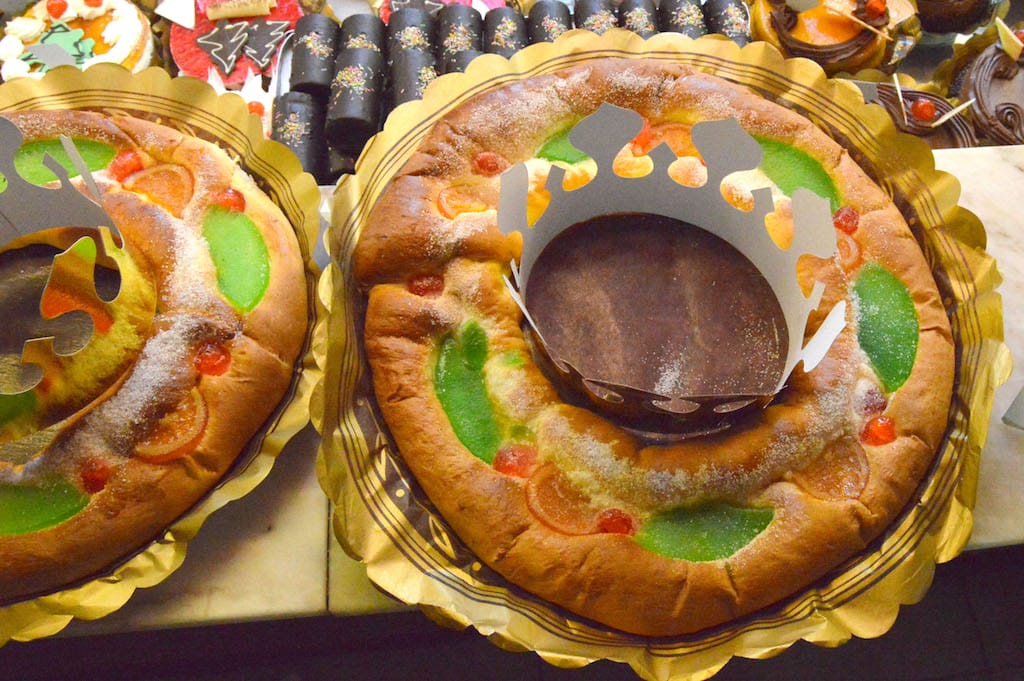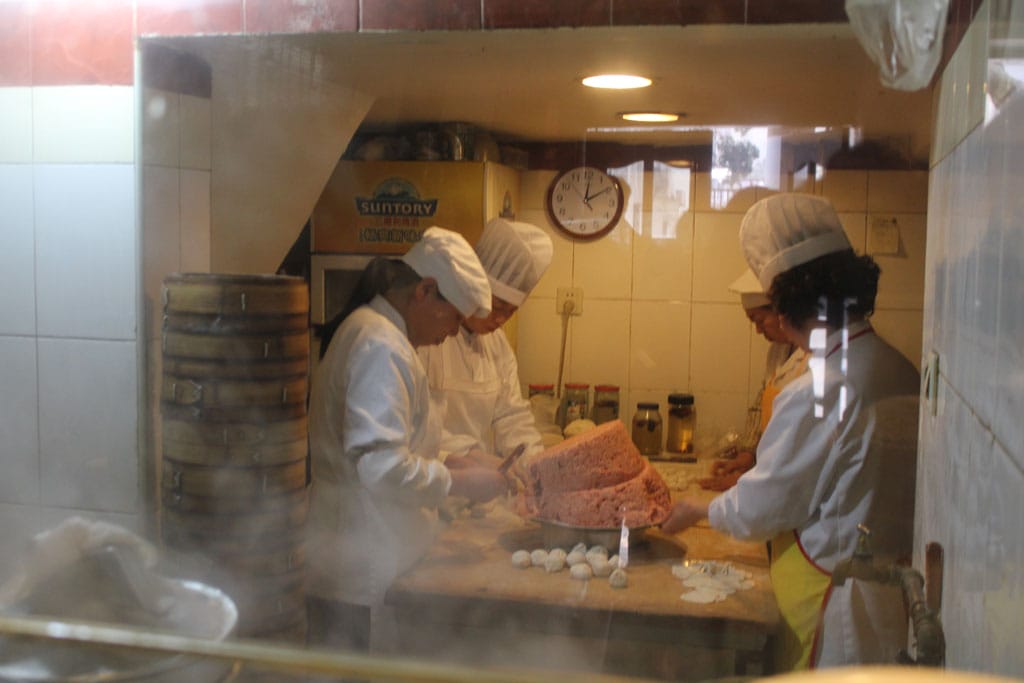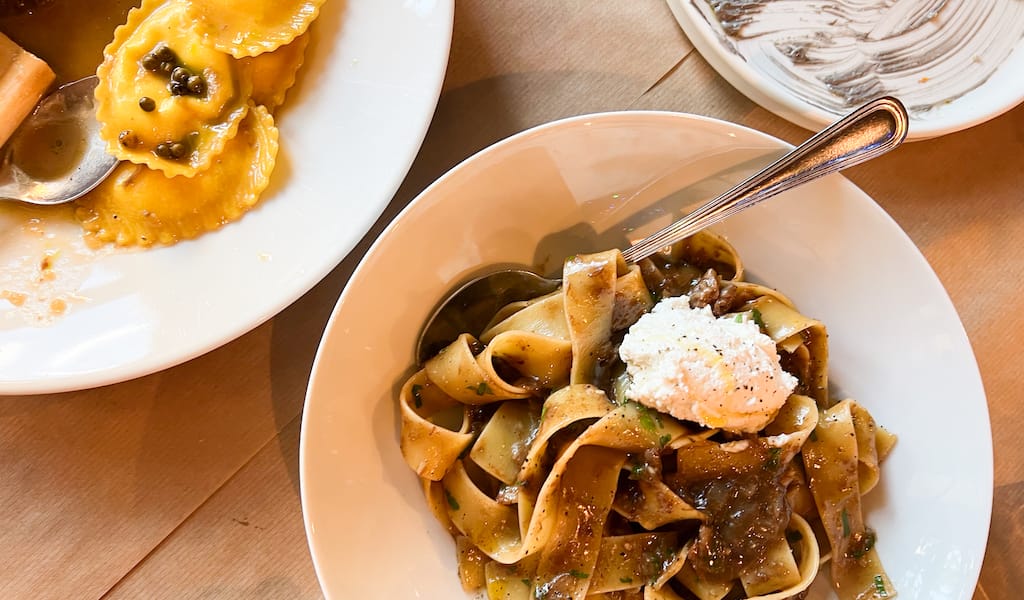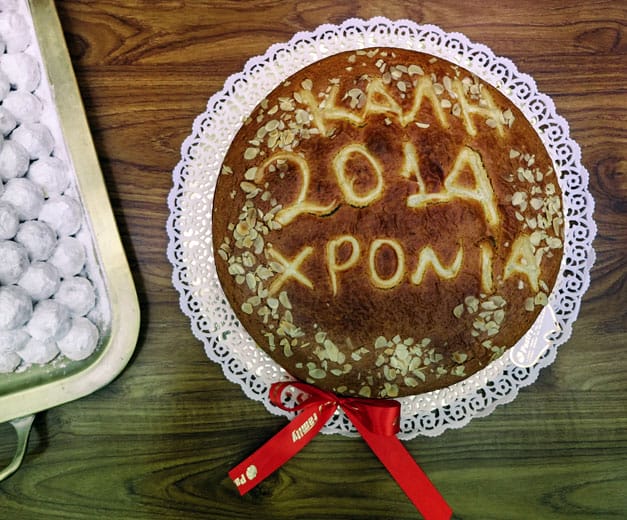Editor’s note: This is the second of our two-part series on kings’ cake. The first, on the version found in Mexico City, appeared yesterday.
Today is Día de Reyes (Kings’ Day), also known as Epiphany, and in Catalonia, as in many places with Catholic traditions, we celebrate the Magi’s visit to the baby Jesus with a tortell de reis (roscón de reyes in Spanish), or kings’ cake. Most people purchase the tortell at a bakery and eat it for dessert at the end of their family lunch on Dia de Reis, as it’s called in Catalan. The Gremi de Pastisseria de Barcelona, a Catalan association of professional bakers, estimates that the number of tortells sold in Catalonia in 2009 was 800,000, and that this year, the figure will reach 850,000.

The cake is made of brioche and shaped like a crown, filled with marzipan made from marcona almonds, wonderfully fragrant with orange-flower water and studded with jewel-like candied fruit – such as orange, cherries, melon or quince – as well as pine nuts and sugar. Hidden inside are a couple of surprises: whoever finds the dried fava bean pays for the cake (we tend to exempt recipients, especially children, from this obligation these days), and whoever finds the king figurine is declared king for the day and wears the gold paper crown that comes with the cake.
The tortell tradition is a very old one – even older than it might seem. In Spain and Catalonia, according to the 12th-century Costumari Català, by Joan Amades, and the 14th-century El Carnaval, by Pio Baroja, whoever found the bean in the roscón was declared “el Rey de la Fava,” the King of the Bean. This person – usually a child – could represent the family in the church that night. The tortell’s origins go back even further, however, to ancient Rome: for the Saturnalia, a celebration of the winter solstice dedicated to the god Saturn, cakes were made with dried figs, dates and honey and a dried bean hidden inside.
To find out how modern-day tortells are made in Barcelona, we visited the obrador, or workroom, of Pastisseria Mas in Guinardó. This bakery, opened in 1972, is run today by Oscar Hernandez and specializes in traditional Catalan sweets, such as tortells or panellets, but also makes treats with a more international flavor, like macarons and cupcakes. We like the 1970s feel of the place, the traditional style of the baked goods and the high quality of the ingredients in the tortells.
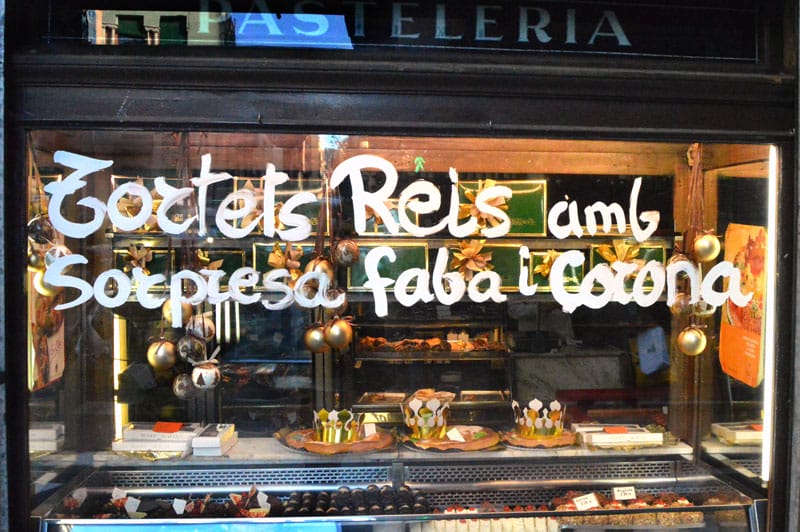
Pastisseria Montserrat, in Gràcia, established in 1870, is one of the oldest in Barcelona and has kept its beautiful original interior intact. This institution makes tortells in three different sizes, all carefully made from excellent ingredients. Its flavors are among the most traditional in the city.
This feature was originally published on January 6, 2014.
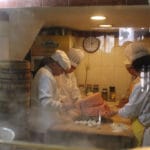 January 11, 2020 Fu Chun Xiao Long
January 11, 2020 Fu Chun Xiao Long
We’ve raved about the Shanghai-style soup dumplings at Fu Chun for years now, but let us […] Posted in Shanghai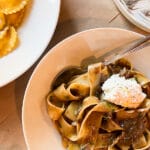 December 29, 2023 Best Bites 2023: Athens
December 29, 2023 Best Bites 2023: Athens
The food scene in Greece is constantly being enriched. More and more local chefs are […] Posted in Athens January 1, 2014 Vasilopita
January 1, 2014 Vasilopita
Just after the stroke of midnight on New Year’s Eve or on the first day of the New Year, […] Posted in Athens
Published on January 06, 2015
Related stories
January 11, 2020
ShanghaiWe’ve raved about the Shanghai-style soup dumplings at Fu Chun for years now, but let us let you in on a secret: There’s more to this tiny hole-in-the-wall than its xiaolongbao. Since 1959, the restaurant has been serving up benbang dishes, but little has changed on the menu or in the kitchen. A Huaiyang snack…
December 29, 2023
AthensThe food scene in Greece is constantly being enriched. More and more local chefs are opening their own restaurants, many of which have a creative focus on the local cuisine and produce. Seasonality, sustainability, tradition and high-quality ingredients are in the spotlight and traditional cuisine gets to shine with the sophisticated touch of a talented…
January 1, 2014
AthensJust after the stroke of midnight on New Year’s Eve or on the first day of the New Year, many Greek Orthodox families gather around the table to cut and split the vasilopita, a cake named after St. Basil (Aghios Vasilios), the Greek Santa Claus. The head of the family “crucifies” the cake three times…







































